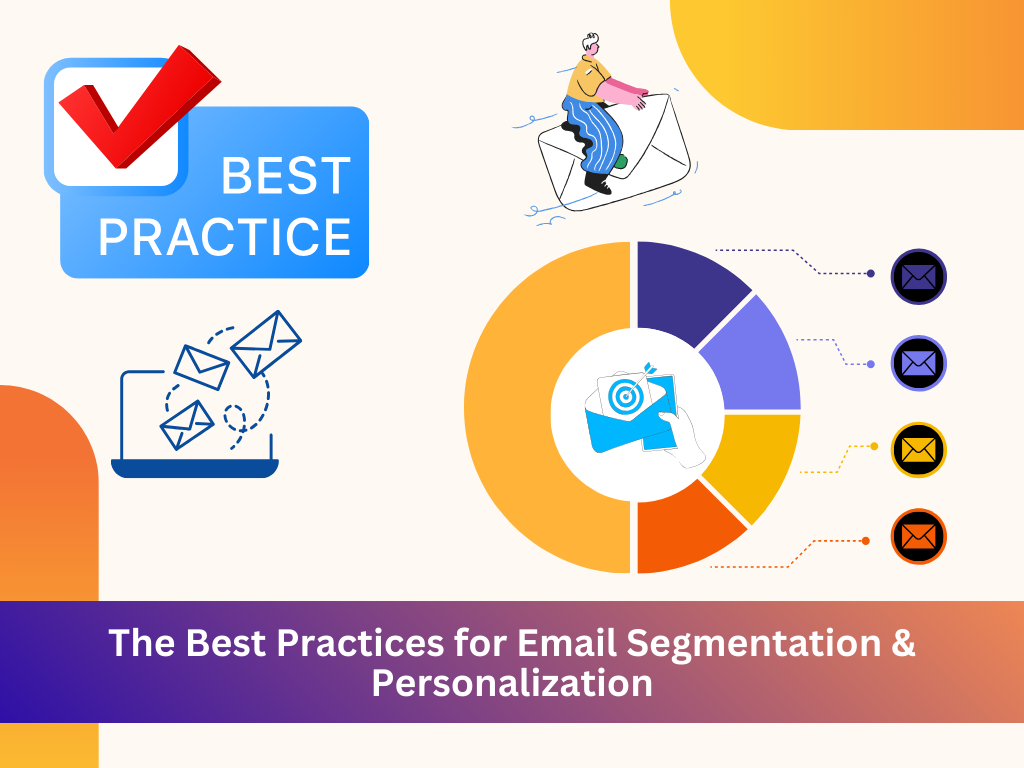
Introduction
Email segmentation and personalization are key strategies for improving engagement, conversion rates, and customer loyalty. By sending targeted, relevant content to specific segments of your audience, you can increase open rates, click-through rates, and overall ROI. This blog explores the best practices for segmenting your email list and personalizing messages for maximum impact.
1. Understanding Email Segmentation
Email segmentation involves dividing your email list into smaller groups based on shared characteristics. This allows you to send more relevant messages to each group.
Key Segmentation Criteria:
- Demographics – Age, gender, location, job title.
- Behavioral Data – Purchase history, website activity, email interactions.
- Engagement Levels – Active, inactive, highly engaged subscribers.
- Customer Lifecycle Stage – New subscribers, one-time buyers, loyal customers.
- Preferences & Interests – Self-reported preferences, past content engagement.
2. Personalization Best Practices
Personalization goes beyond using the subscriber’s first name. It involves tailoring content, offers, and messaging based on user data.
Effective Personalization Strategies:
- Dynamic Content – Show different content blocks based on user preferences.
- Behavioral Triggers – Send emails based on actions (cart abandonment, product views).
- Personalized Subject Lines – Increase open rates by making subject lines relevant.
- Recommended Products – Suggest products based on past purchases or browsing history.
- Customized Send Times – Optimize send times based on user activity.
3. Automation & AI in Segmentation & Personalization
Automation and AI-driven insights enhance email marketing effectiveness.
- Automated Drip Campaigns – Nurture leads with pre-set email sequences.
- AI-Driven Predictive Analytics – Forecast user behavior and suggest the best content.
- Smart Segmentation – Automatically group users based on real-time data.
- A/B Testing – Continuously refine personalization efforts with A/B testing.
4. Avoiding Common Mistakes
- Over-Segmentation – Too many segments can lead to inefficiency and content overload.
- Lack of Data Accuracy – Ensure data is up-to-date and relevant.
- Ignoring User Preferences – Allow subscribers to update their preferences easily.
- Generic Content – Even within segments, ensure emails feel personalized.
Email segmentation and personalization are essential for driving engagement and conversions. By leveraging user data, automation, and AI, you can create targeted, compelling campaigns that resonate with your audience.
